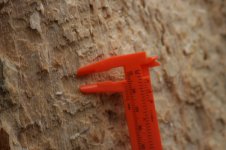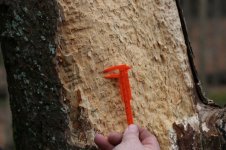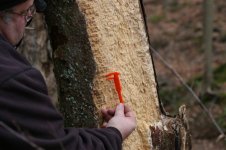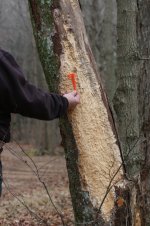Billbill said:From the Society of American Foresters (Position statement on loss of forest land issued Dec. 2004):
"In the Southeastern United States, the states of Florida, Georgia, and North Carolina, which experienced rapid population growth and urban expansion, together incurred a net loss of approximately six million acres of forest land between 1963 and 2002. Arkansas, Louisiana, Oklahoma, and Texas have experienced an aggregate net loss of forest land of approximately 12 million acres since 1963, a result of both urban expansion and conversion of some forests to agricultural land. "
From the USDA Forest Service (Area changes un US forest types 1952-1997):
[in the southern states] "The area of lowland hardwood has been steadily decreasing"
I don't just make this stuff up...
The soybean-forest conversion has an effect in some regions, but within much (most?) of the former range outside of the Mississippi corridor the major impact on bottomlands has been logging, not conversion to agriculture. Old bottomland hardwoods are cut, and progressively younger stands are now logged too for chip mills. Even with ag-forest conversion, it'll be most of a century before enough old trees start dying to make the habitat Ivorybill friendly. In the meantime existing mature forests remain subject to logging.
Potential Ivorybill habitat is far from secure for the future. Any additional proven and publicly known occurences of the bird will make protecting it MUCH easier.
"Arguing for the possible existence of the ivory-bills is the steady improvement in their potential bottomland hardwood forest habitats since the 1940s"
Jerome Jackson in a 1/20/06 interview.
p.s. Bill, the above comment by Jackson is what I was trying to say when I said something to the effect that the "Southern woods are coming back" a few pages back. It could be true that overall lowland acreage is on the decline, but I do know that a lot of trees that germinated circa 1920s-40s are probably approaching decline, thus becoming of import to any birds out there. Those nuttall oaks are known for growing fast, reaching their peak maybe around year 70, and than rapidly declining. Not so with bald cypress, of course, though I do believe the reputed ages of 2500+ are definitely a stretch. As I mentioned, many 1000s of acres have been converted from beans to trees....I hope they get to mature and decline.
Last edited:








